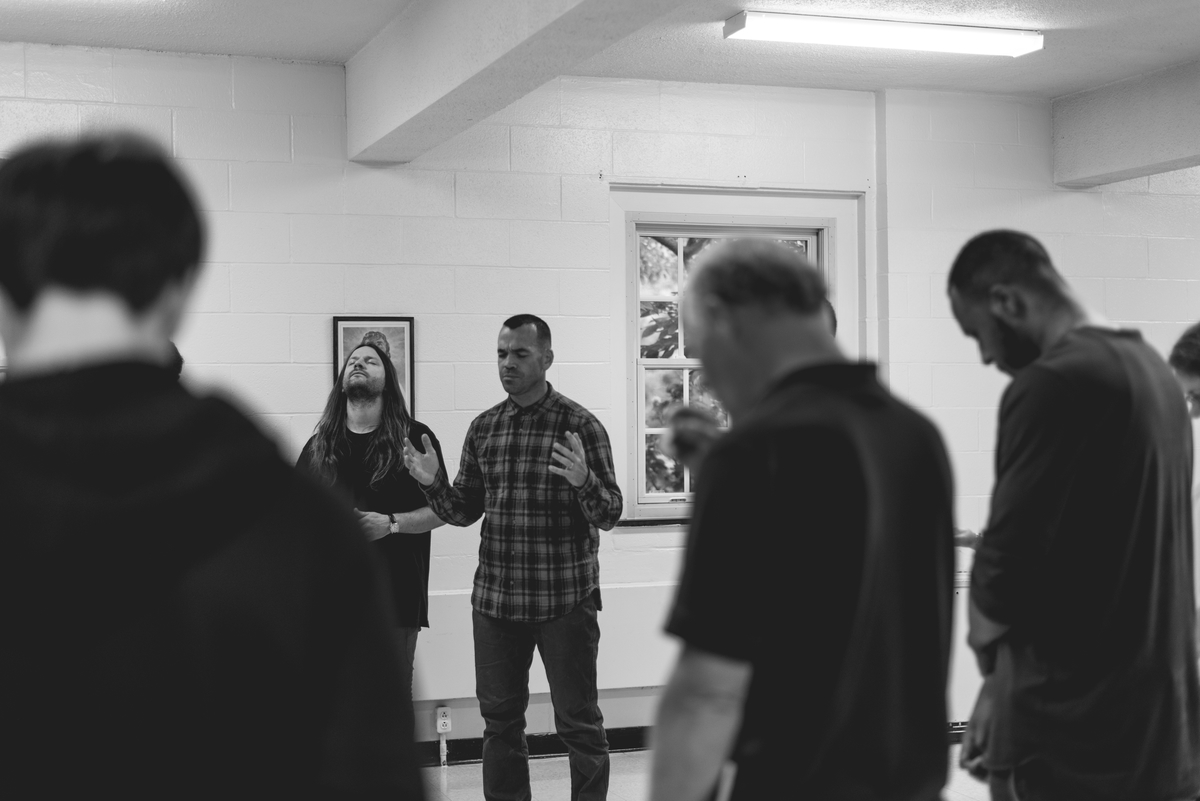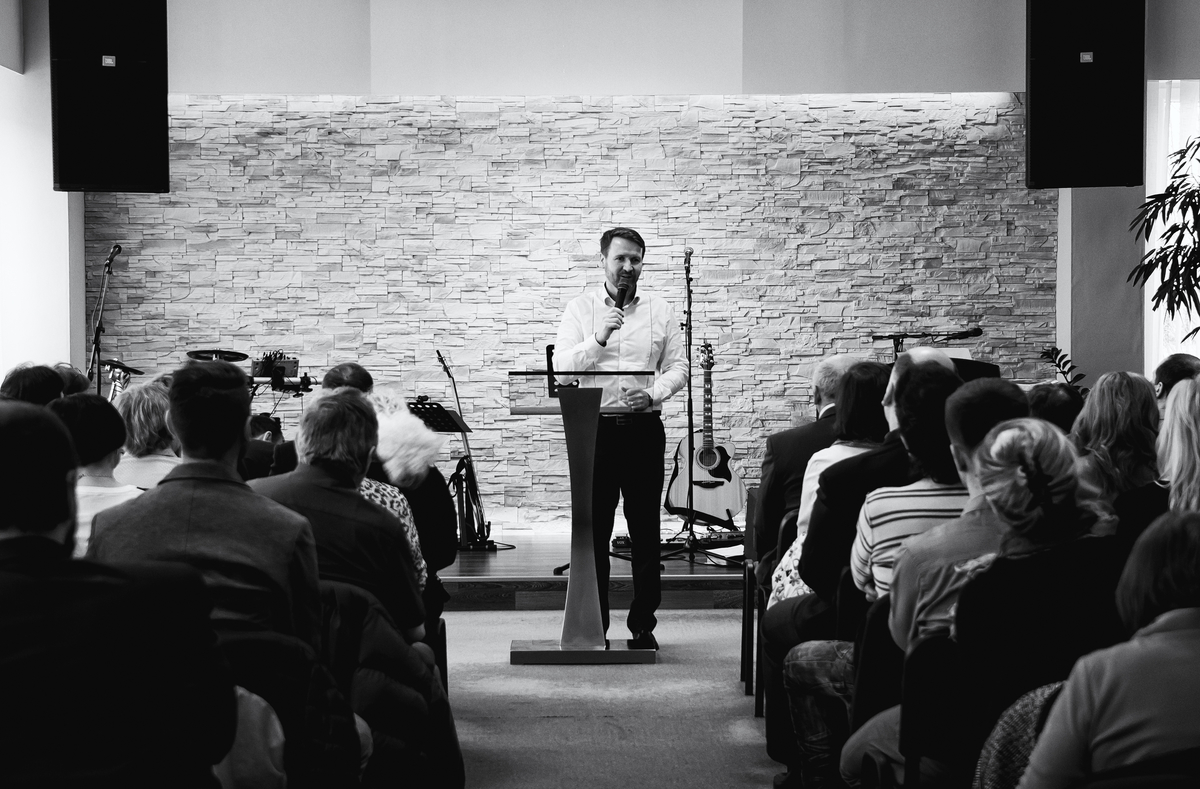It has been nearly eight years since Simple Church was first released. Now after eight years of discussions and observations with church leaders, I have been posting a series of blog posts on the five most significant lessons learned from Simple Church. Here they are:
1) Churches drift.
2) Thinking “process” is a mammoth shift.
3) Simple is reproducible.
Whether you are part of the growing “multi-site church movement” or a church leader who wants to see your church reproduce, there are at least two essential questions that must be answered before making this critical move. (1) Is your church healthy? The question is about health, not perfection. A church must be healthy before reproduction occurs because churches reproduce what they are. (2) Is your church reproducible? If the second campus or new church is designed to be a similar church in a different location, then the church strategy and programming should be reproducible.
Some complex churches have moved into multiple locations and the following scenario has occurred. The new campus does not offer all the programming the original church offers. Some love the simplicity of the new campus. They are drawn to the entrepreneurial spirit and streamlined approach. However, others who know the church for its menu of programs continually struggle because the new campus does not offer them all the programming the original church does. Tension threatens to become disunity. At best, wise and strong leaders are able to navigate the tension. But the two campuses just do not feel the same. Only the message and/or the name are similar. The vision, the philosophy, and the approach feel very different.
Churches that are able to move quickly to multiple campuses have a simple and clear vision with reproducible programming and systems. Simplicity aides in the ability to reproduce.
4) Simple is wise stewardship.
The economic landscape in America has changed dramatically since the release of Simple Church. While the financial forecasts vary, most agree that our current generation will long be marked by the “new economy.” Some churches have been required to make significant cuts during the economic downturn. With potentially fewer resources, churches must finance what is absolutely essential. For the essential to be excellent, the non-essential may need to be starved.
Churches committed to a simple process for discipleship are enabled for wise stewardship because they are committed only to funding what is essential to their mission. Complex churches tend to be very fat; they tend to finance multiple directions, programs that are inward, ministries that do not add much value, and fluff.
5) Simple helps create space for mission.
For years, I have heard moaning from pastors: “Our folks don’t have relationships with people who are not Christian.” Perhaps one of the reasons is that the church invites members to be at the facility several nights every week. Perhaps our church people do not know lost people because our churches have kept people at the church building, thereby nullifying their opportunities to engage deeply in relationships with lost people. Leaders often guilt people into coming to the church, removing them from the world. Churches with minimal programming help their people live among the world as missionaries by not asking them to live at the church but to live as the church.
When churches offer less programming, they create space for their members to know their neighbors, serve in the community, and be more plugged into their kids’ schools, etc.






